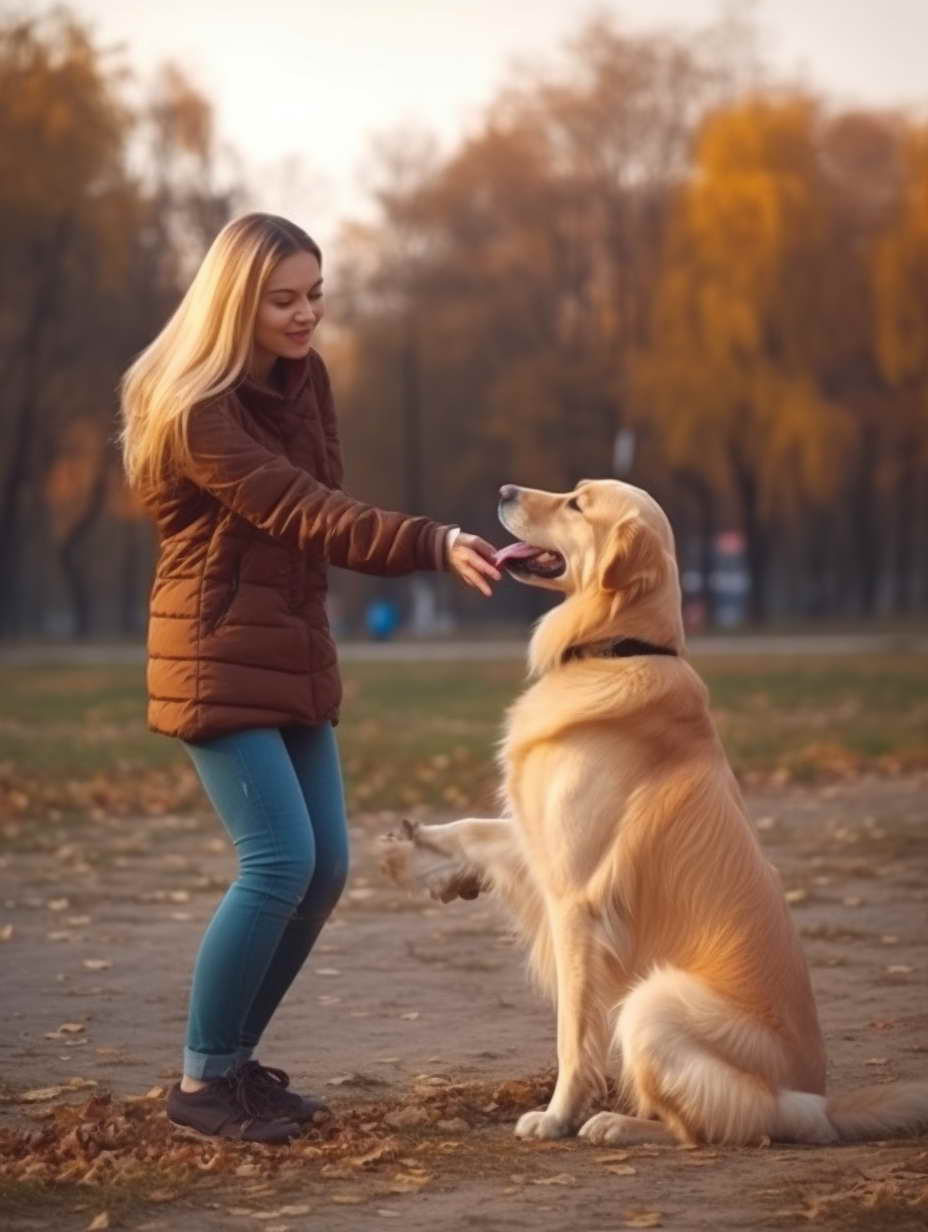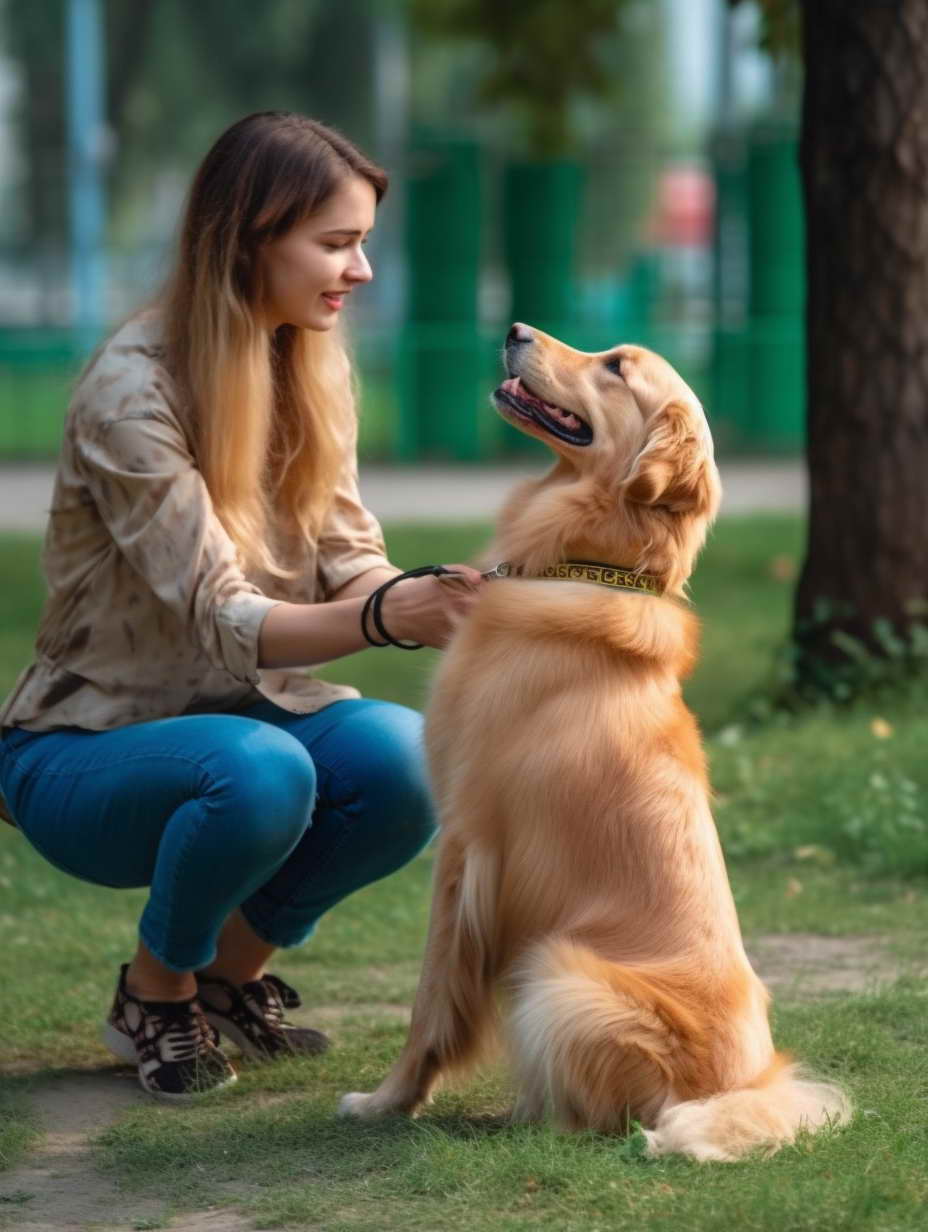Hunting Dog Training Texas: Unleash the Potential in Your Canine Companion
When it comes to hunting, having a well-trained canine companion can make all the difference. Texas, with its diverse terrain and abundant wildlife, offers fantastic hunting opportunities. However, for a successful hunting trip, you need a well-trained hunting dog. In this guide, we will explore the world of hunting dog training in Texas, sharing expert insights and valuable tips.
The Basics of Hunting Dog Training Texas
Understanding Your Dog’s Breed
Different dog breeds excel in various aspects of hunting. Before embarking on training, it’s crucial to understand your dog’s breed characteristics. For instance, Labrador Retrievers are excellent waterfowl retrievers, while Pointers are known for their bird-dog abilities.
Puppy Training
Start training your hunting dog as a puppy. This early training helps build a strong foundation. Teach basic commands like sit, stay, and come. Use positive reinforcement techniques like treats and praise to encourage good behavior.
Building Trust and Bond
A strong bond between you and your dog is essential. Spend quality time together, and always be consistent with your commands and rewards. This bond will lead to better communication and cooperation in the field.
Advanced Training Techniques for Hunting Dogs
Once your hunting dog has mastered the basics, it’s time to take their training to the next level. Advanced training techniques are designed to hone your dog’s skills, making them a true asset during your hunting adventures in Texas. Here are some essential methods to consider:
1. Scent Training
Scent training is a cornerstone of advanced hunting dog training. A well-trained hunting dog should be able to locate and identify specific scents, leading you to your game. Here’s how you can work on scent training:
a. Introduction to Different Scents
Expose your dog to a variety of scents that are relevant to the game you’ll be hunting. This could include scents from birds, rabbits, or other animals commonly found in Texas. Start with one scent at a time to avoid confusion.
b. Reward-Based Training
Use a reward-based system to reinforce positive scent behaviors. When your dog correctly identifies and signals the presence of the target scent, reward them with treats, praise, or a favorite toy. This positive reinforcement encourages them to repeat the behavior.
c. Gradual Difficulty Increase
As your dog becomes more proficient, increase the difficulty by using smaller or hidden scent sources. This challenges their skills and keeps their training engaging and effective.
2. Gunfire and Retrieval Training
Hunting often involves the use of firearms, and your dog must remain calm and composed in the presence of gunfire. Additionally, teaching them proper retrieval techniques is crucial. Here’s how to go about it:
a. Gradual Exposure to Gunfire
Start by exposing your dog to low-intensity gunshot sounds, gradually increasing the volume over time. Always ensure your dog is comfortable and not stressed during this process. Reward them for remaining calm.
b. Retrieve Commands
Work on commands related to retrieving the game. Begin with basic commands like “fetch” and “release.” Practice with training dummies or toys, and gradually transition to using game birds for retrieval exercises.
c. Simulating Real Hunting Scenarios
Take your dog to hunting scenarios that closely resemble real situations. This includes hiding games for them to find and retrieve. The more you can simulate a real hunting experience, the better prepared your dog will be.
3. Field Training
Field training is where all the skills your dog has learned come into play. This phase of training takes place outdoors, replicating actual hunting conditions. Here’s how to conduct effective field training:
a. Terrain Familiarization
Expose your dog to various terrains found in Texas, such as forests, fields, and wetlands. This helps them adapt to different environments they might encounter during a hunt.
b. Game Encounters
During field training, introduce your dog to real game encounters. Allow them to track, locate, and retrieve games under controlled conditions. This practical experience is invaluable and builds their confidence.
c. Obedience in the Field
Ensure your dog responds to your commands promptly, even in the excitement of a hunt. Practice obedience commands in the field to maintain control and safety.

Common Challenges in Hunting Dog Training
While training a hunting dog in Texas can be a rewarding experience, it’s not without its challenges. Understanding and addressing these common issues is crucial to ensuring your dog’s success in the field. Here are some of the most frequently encountered challenges and how to overcome them:
1. Overexcitement
Hunting dogs are naturally enthusiastic and driven when it comes to tracking and retrieving games. However, this enthusiasm can sometimes lead to overexcitement, which can be challenging to manage. To address this issue:
a. Obedience Training in High-Stress Situations
Practice obedience commands such as “sit,” “stay,” and “come” in various high-stress situations that mimic hunting scenarios. This helps your dog learn to remain focused and responsive, even when they are excited.
b. Controlled Exposure
Gradually expose your dog to the excitement of a hunt. Start with controlled environments and low-pressure situations, gradually increasing the complexity as your dog becomes more disciplined.
c. Consistent Reinforcement
Consistency in your commands and rewards is essential. Reward your dog for remaining calm and following instructions. Avoid unintentionally reinforcing overexcitement by staying calm and composed.
2. Lack of Focus
Maintaining your hunting dog’s focus during a hunt is critical for success. Dogs can easily become distracted by scents, sounds, or other animals. To improve their concentration:
a. Short, Focused Training Sessions
Keep training sessions short and focused on specific objectives. This helps prevent mental fatigue and keeps your dog engaged and attentive.
b. Gradual Increases in Duration
Gradually extend the duration of training sessions as your dog’s focus improves. Start with brief sessions and progressively work up to longer ones.
c. Positive Reinforcement for Attention
Reward your dog for maintaining focus. Use treats, praise, or toys to reinforce their attention to you and your commands.
3. Fear of Water
In Texas, waterfowl hunting is a popular pursuit, so your dog must be comfortable in the water. Some dogs may develop a fear of water, making it challenging to engage in waterfowl hunting. To address this issue:
a. Gradual Introduction
Introduce your dog to water gradually and in a positive manner. Start with shallow water and gradually move to deeper areas. Use toys or treats to make the experience enjoyable.
b. Swim Alongside Them
Enter the water with your dog, swimming alongside them. Your presence can provide comfort and encouragement, helping them overcome their fear.
c. Patience and Positive Reinforcement
Be patient and provide plenty of positive reinforcement as your dog becomes more comfortable in the water. Never force them into the water, as this can worsen their fear.
Conclusion
Training a hunting dog in Texas is a rewarding journey that strengthens the bond between you and your four-legged companion. Whether you’re an experienced hunter or a novice, the right training can transform your dog into a skilled hunting partner. Remember, patience, consistency, and positive reinforcement are key to success in hunting dog training.

Leave a Reply